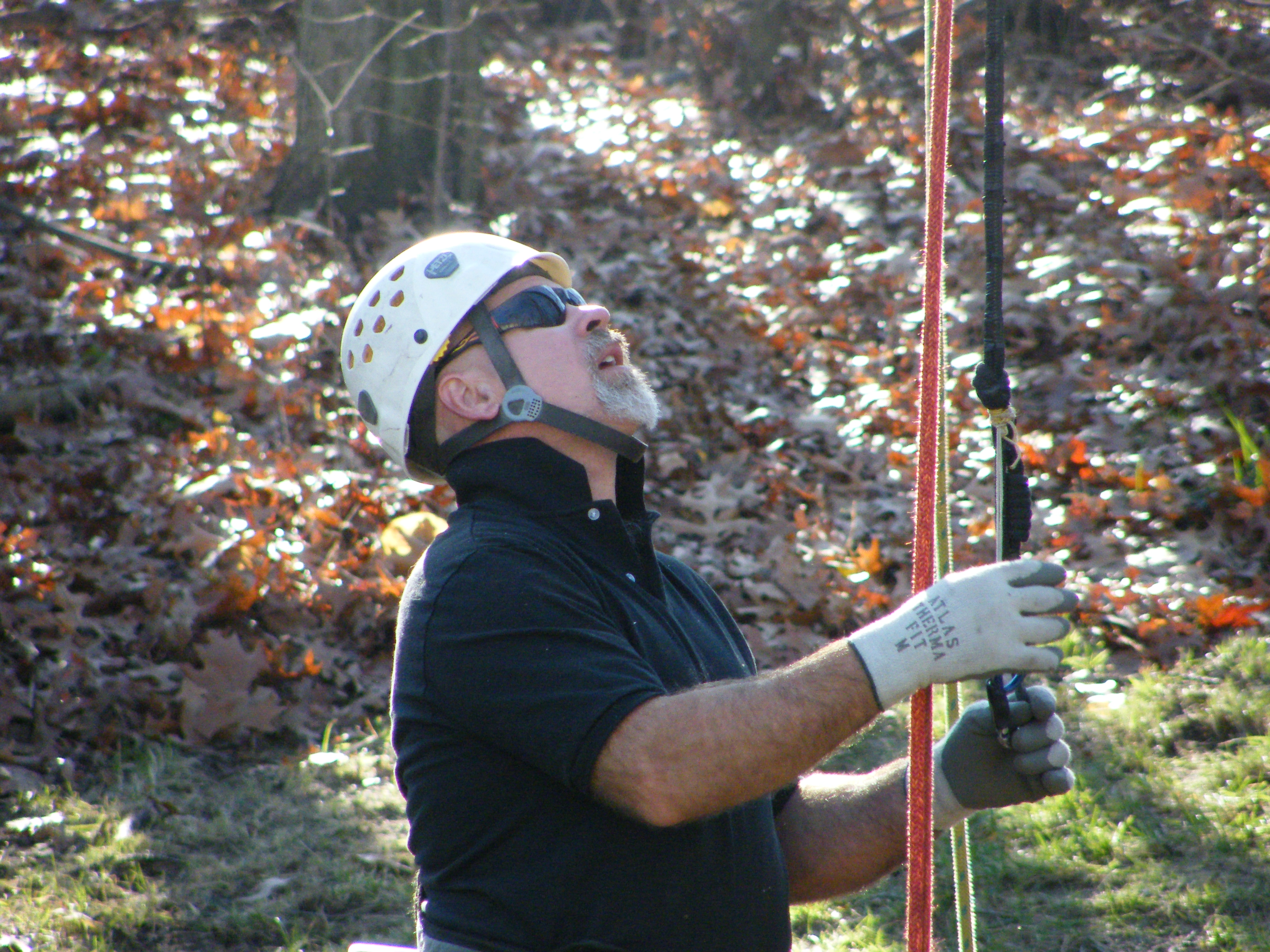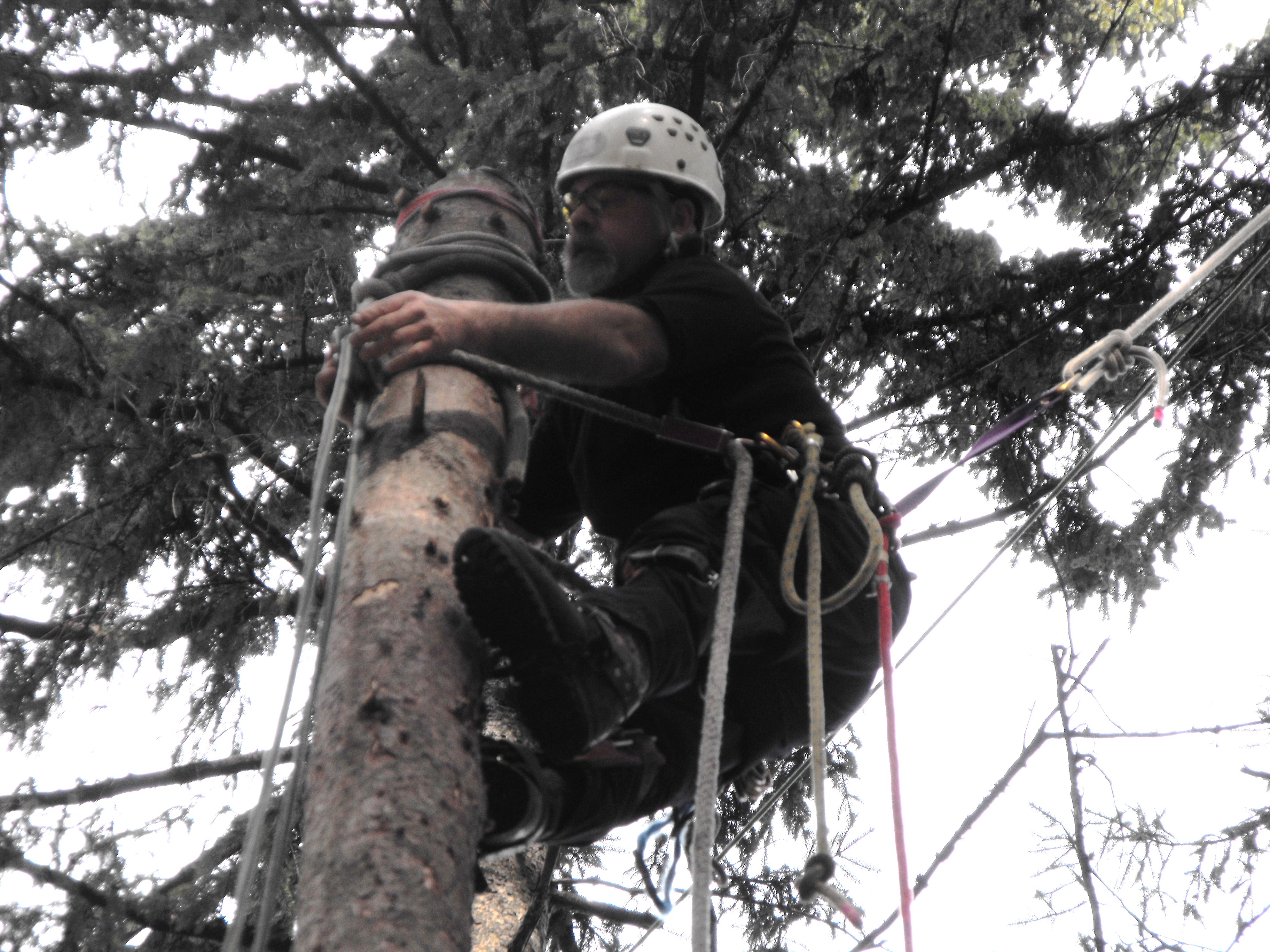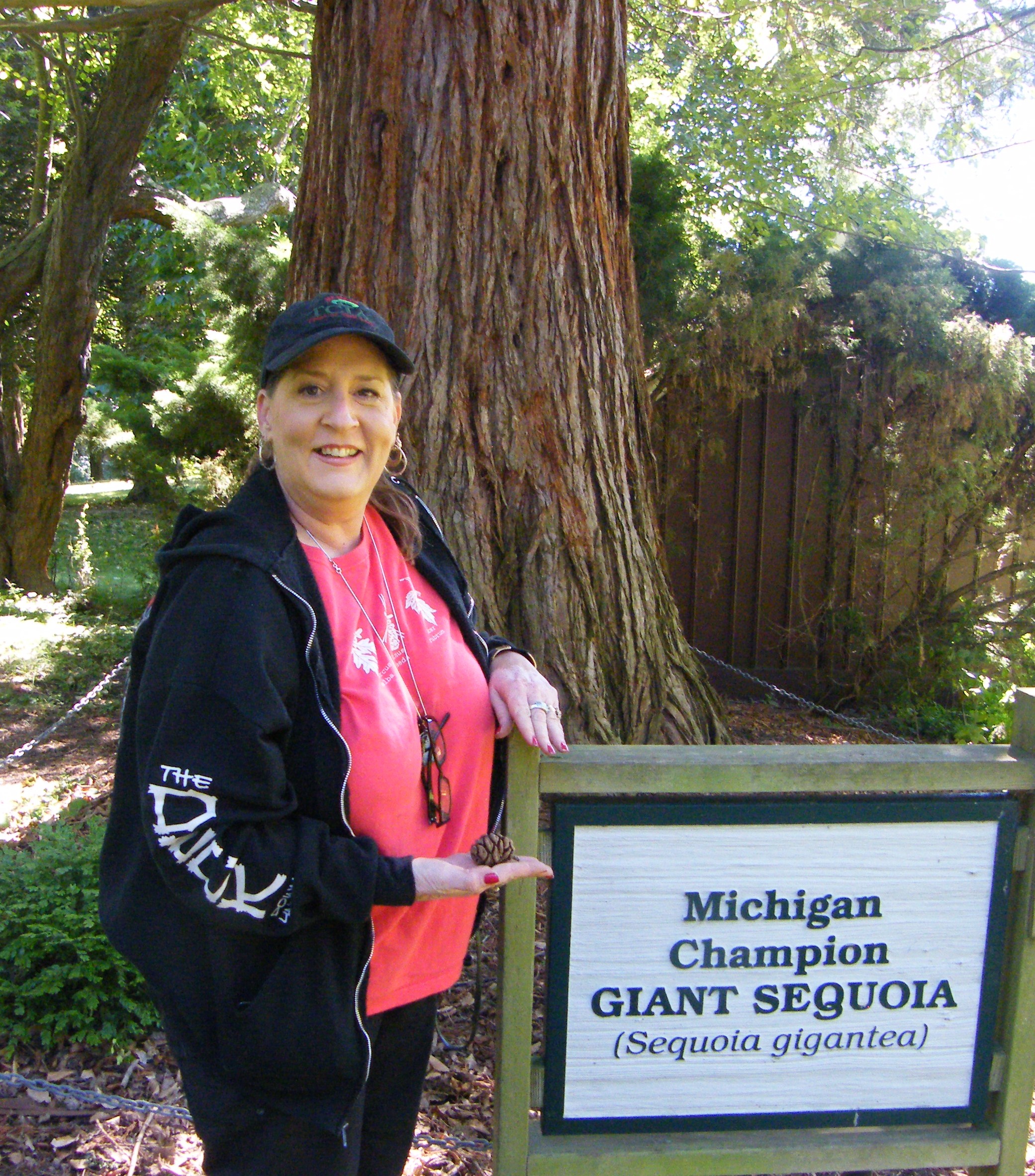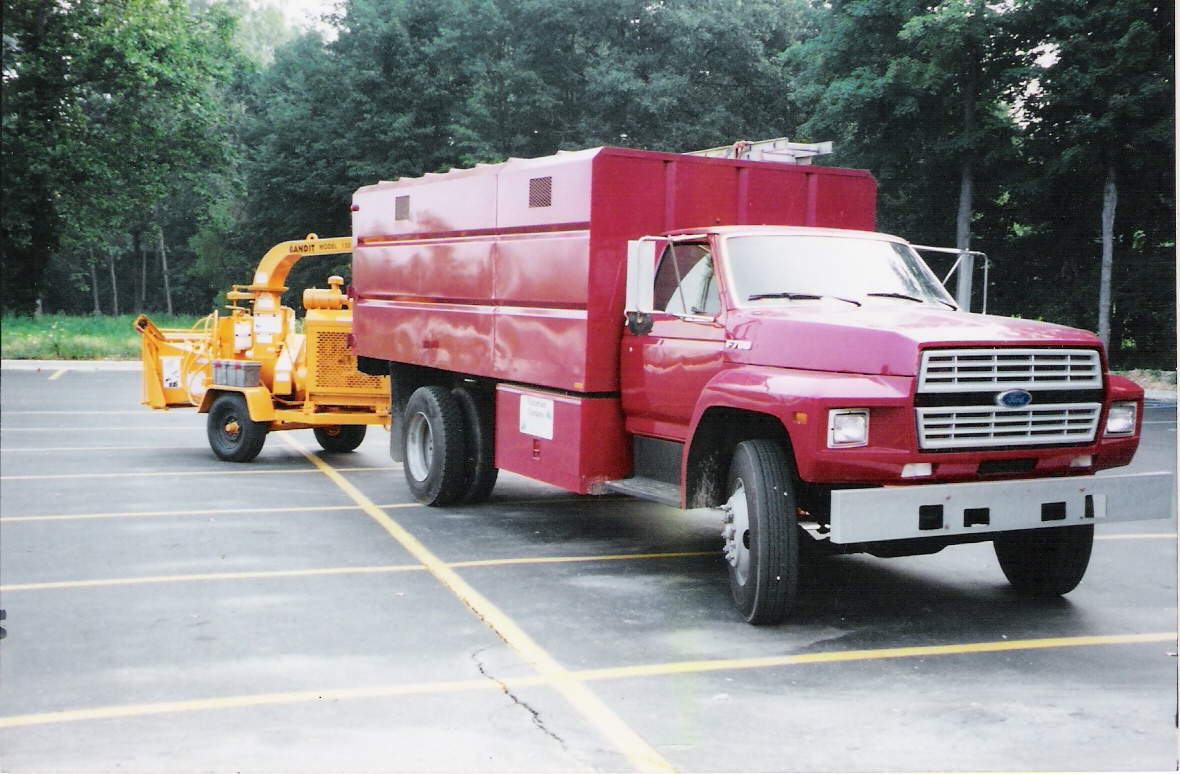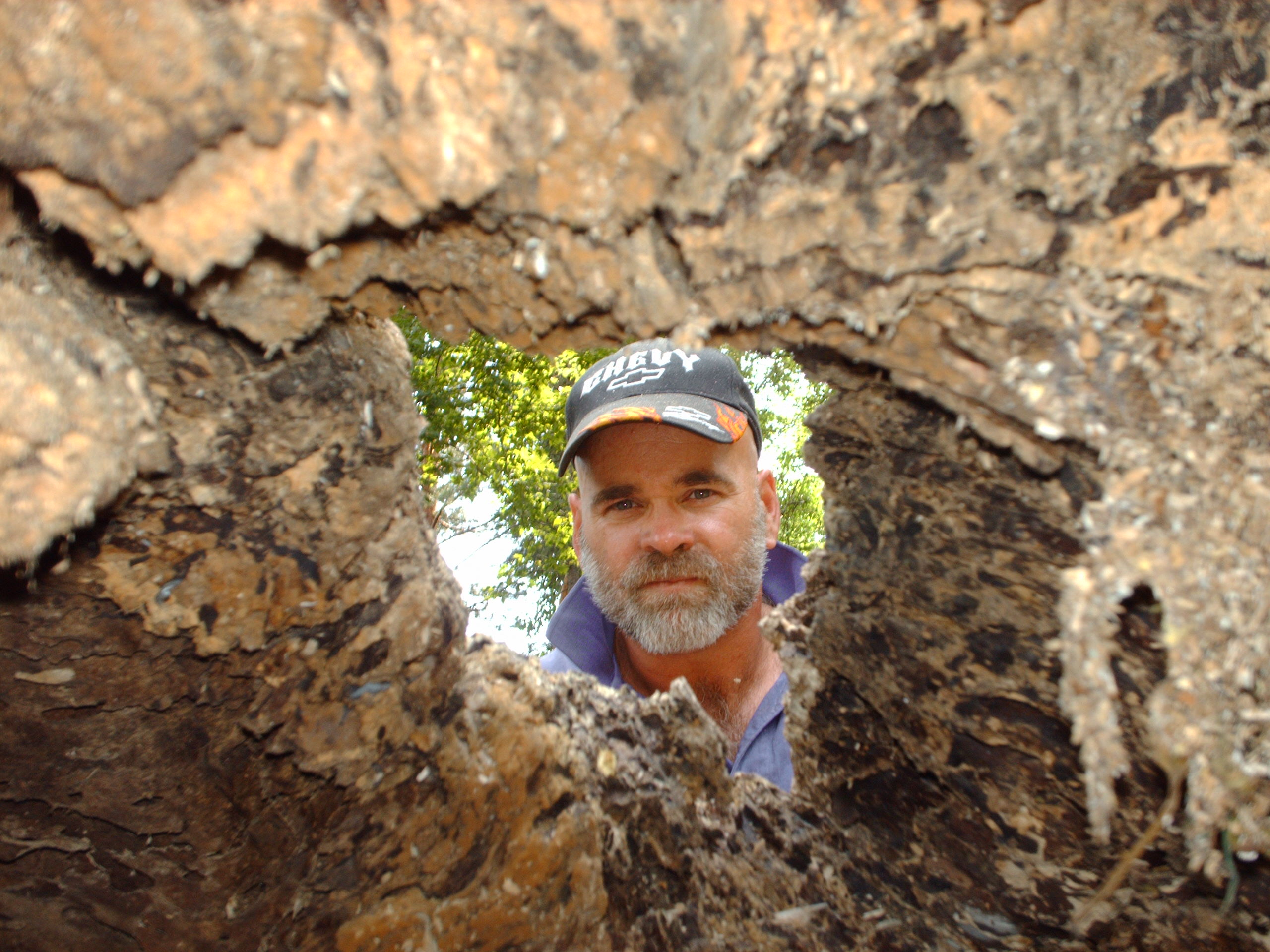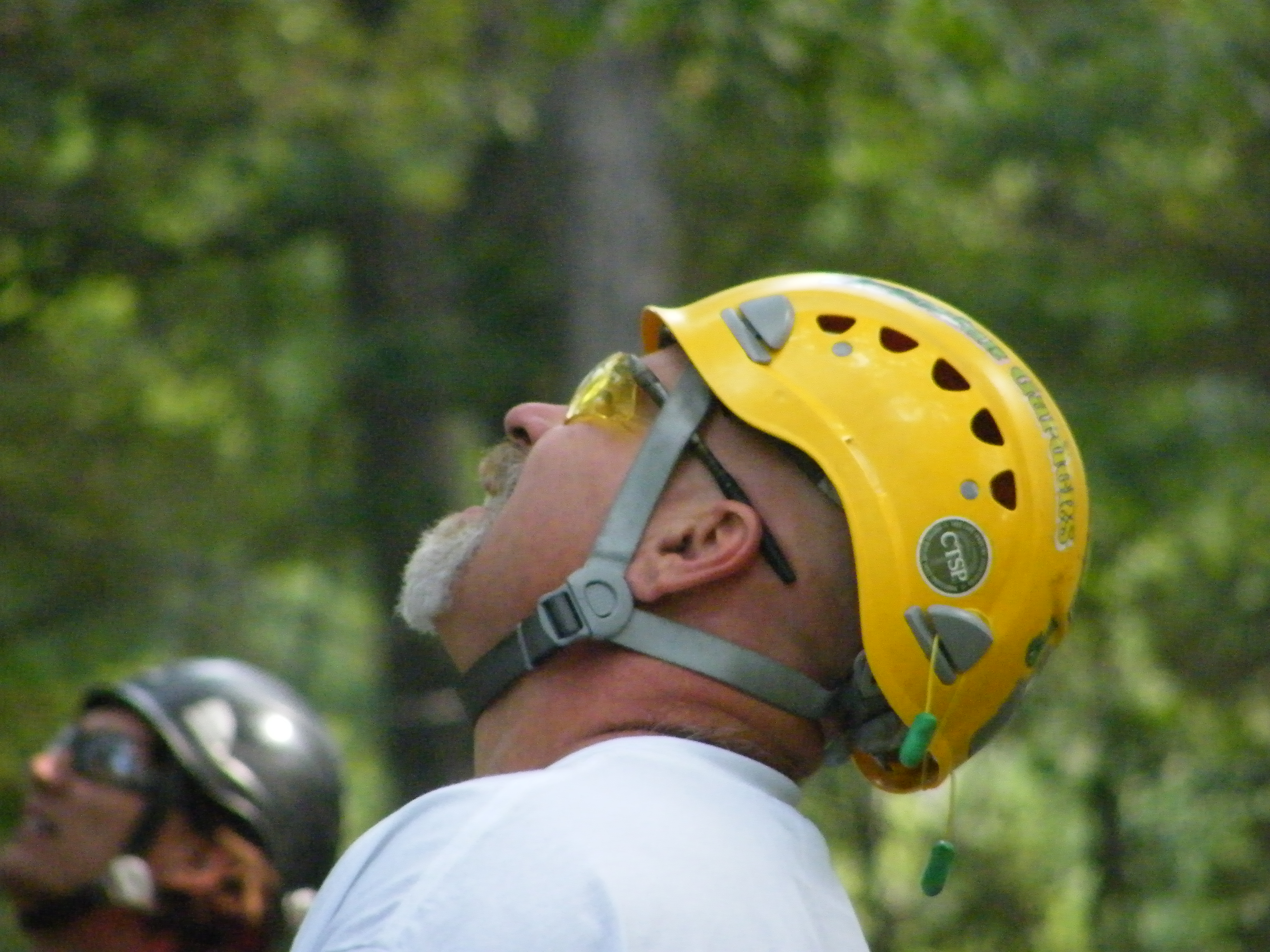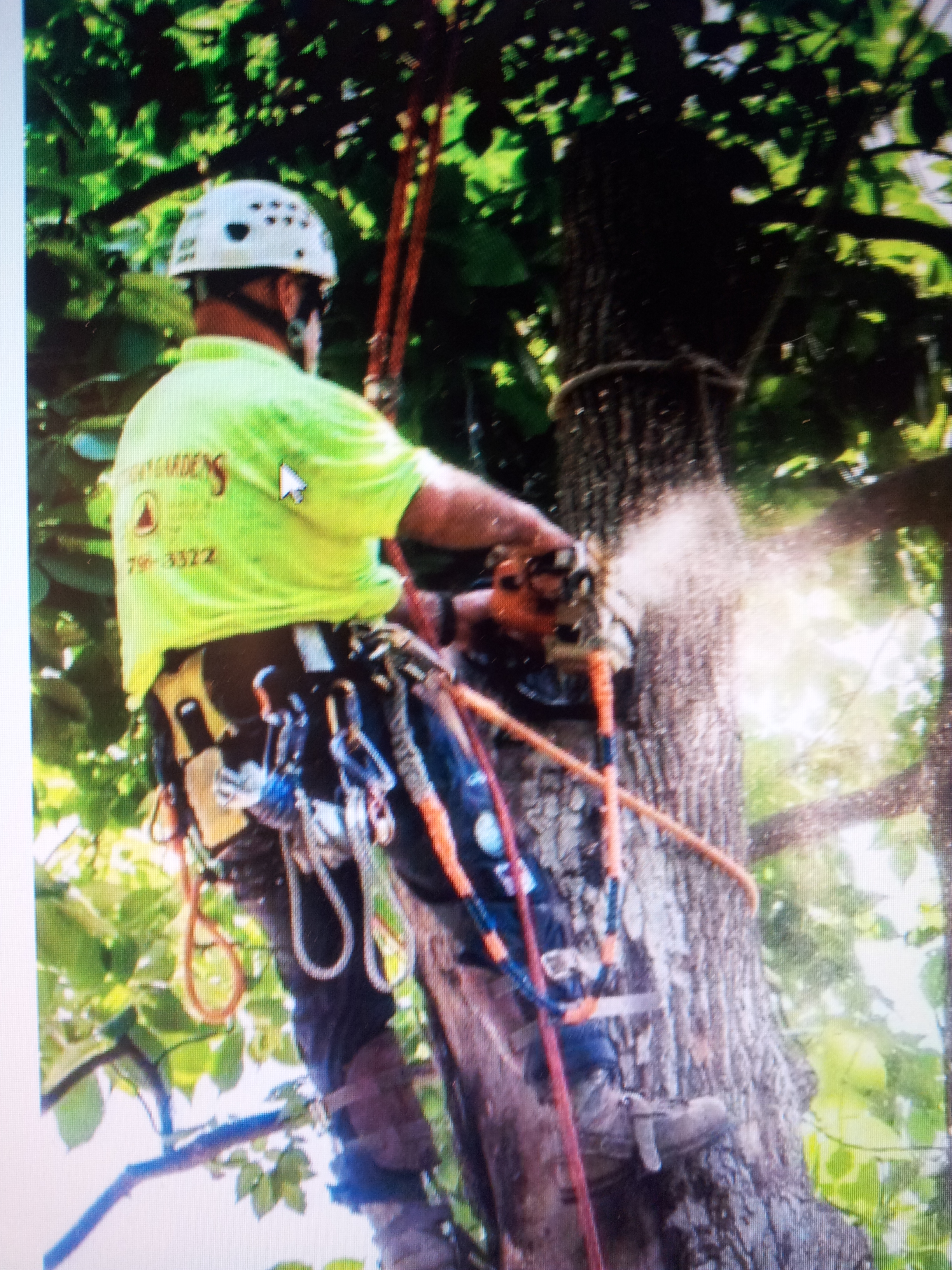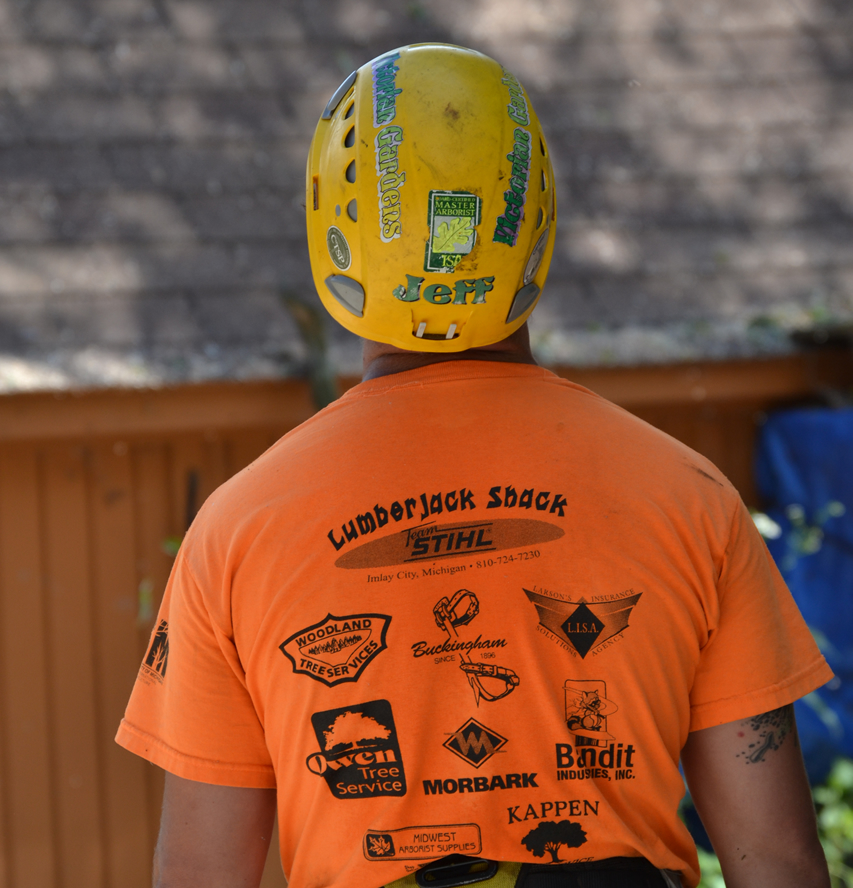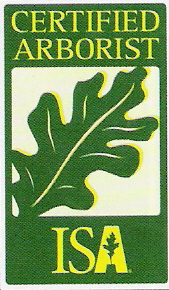Pine Wilt
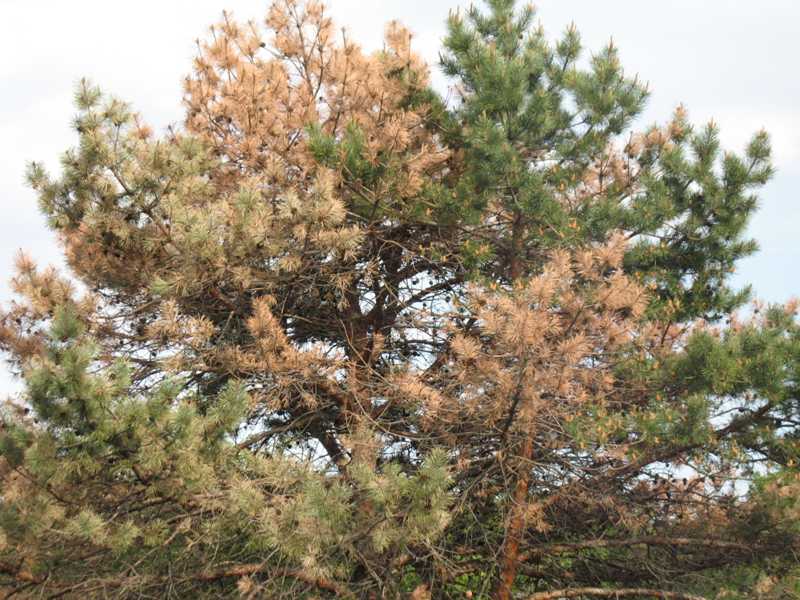
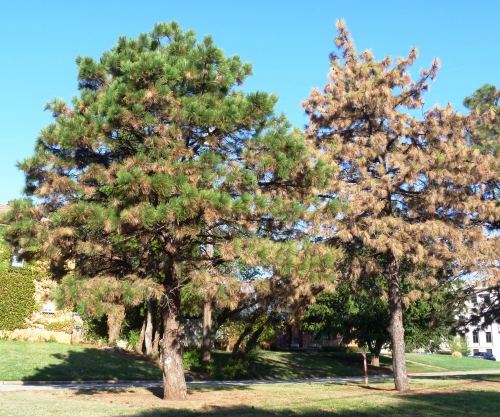
We have been treating several cases of this disease. The trees infected, we have found, in some cases, can be treated successfully. If they do not respond to treatment they must be removed and the stumps ground. The remaining trees that do not show symptoms may be treated to prevent the spread of Pine Wilt. Call us for your appointment for us to inspect your pine trees.
Pine wilt is a vascular disease that attacks Scots pine (Pinus sylvestris L.), Austrian pine (Pinus nigra), jack pine (Pinus banksiana), mugo pine (Pinus mugo), red (Pinus resinosa) and white pine (Pinus strobus). Pine wilt typically prefers Scots pine, but will attack the aforementioned pines also.
Symptoms
Pine wilt can kill a pine within a few weeks to a few months. The needles turn grayish green, then yellow to brown. The needles will remain attached to the tree. The early stages of the disease are very subtle and may vary. The pinewood nematode (Bursaphelenchus xylophilus) feeds on the blue-stain fungus and the living plant cells surrounding the resin canals or water-conducting passages of pines, which leads to the pine sawyer beetle or wood wasp (Monochamus spp.). The pine sawyer beetle carries the nematode from tree to tree. The aforementioned is a vicious circle of vectors.
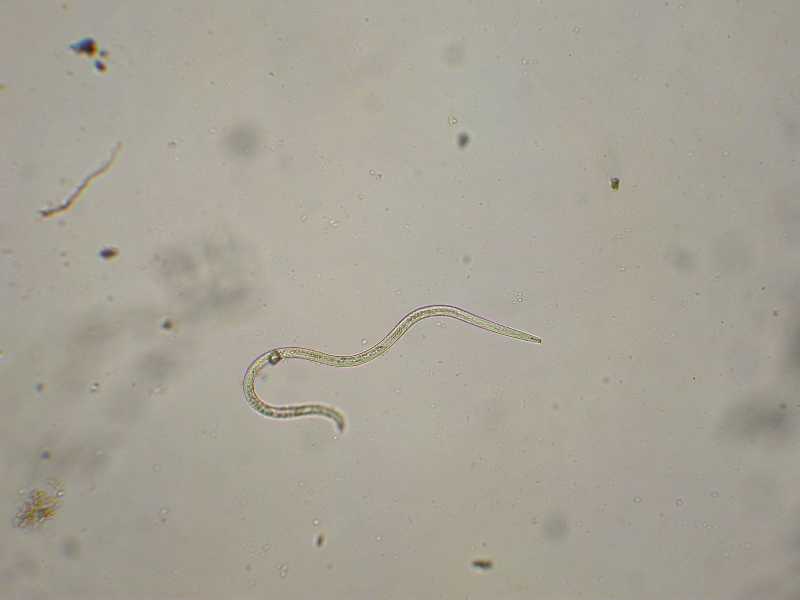
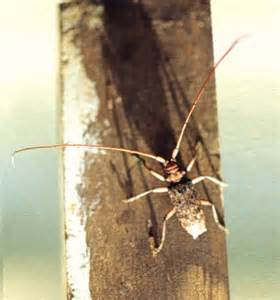
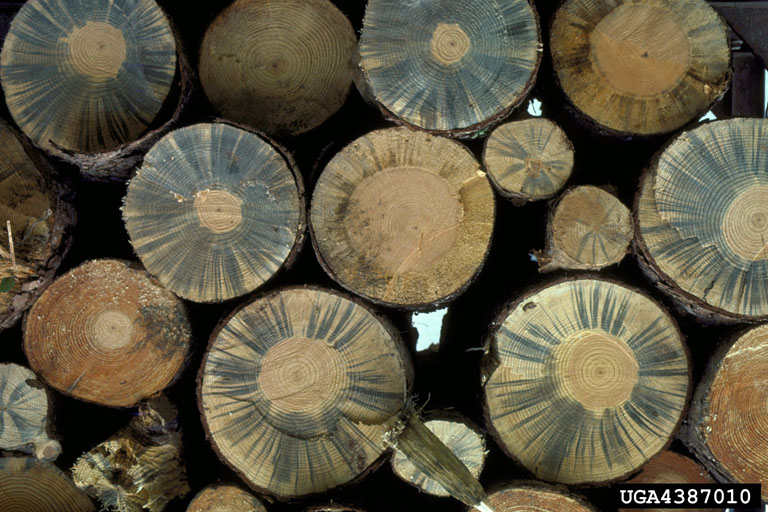

If your pine trees start showing signs of this disease, telephone Victorian Gardens immediately and a Certified Arborist will diagnose your trees and recommend a treatment plan.

810-338-6531


